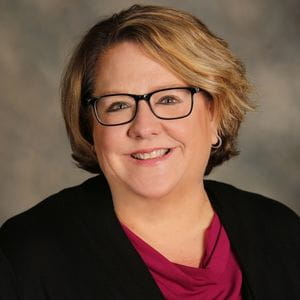Avoid Replacing Your Furnace in January

As my husband and I quickly approach the end of our 40s, we’re giving thought to our retirement and how we’d like to spend our golden years. We’d like to enjoy retirement and not have to work. My parents are both retired, and while my dad still works, it’s more for fun and extra spending money than it is out of necessity. I recently went with them to meet with their financial advisor to discuss their retirement account. Imagine my surprise when I found out they were in a very high-risk account! While I’m not risk averse, I was alarmed because this account holds most of their retirement money. It got me thinking about how life is full of risk and whether my husband and I have considered all risks to be financially prepared for retirement.
As part of our retirement planning, we decided we needed to look at our expenses today and determine what unplanned expenses we need to consider and plan for. While we know what we need to meet our expenses today, we don’t know what the future will hold and what expenses may pop up unexpectedly. We needed to identify our risks, such as unforeseen household repairs, unexpected health issues, and possible vehicle repairs, as well as what we can do to mitigate our risks.
We’re thinking about what major household repairs we’ll need to make in the next 10 years. We know we will need to replace our roof and furnace, and we’d also like to replace the siding on our house. While we knew what items we need to spend money on eventually, we needed to determine how to prioritize them. To prioritize, we needed to identify the risks of not replacing each item and what the impact would be if we were to have an emergency come up. For example, if we wait to replace the furnace, there is the risk of the heat going out in the middle of January, resulting in a potential high cost to replace the furnace during peak consumption. Living in Wisconsin, we know heat in the middle of winter is essential, and being without a furnace is a risk we’d like to mitigate as much as possible. Once we identify what is the highest risk, we can prioritize what we need to spend our money on first, while still meeting our other financial responsibilities.
Financial institutions also need to have a way to identify, manage, and prioritize their risks. Completing a top-down enterprise risk assessment is the first step. Incorporating that with their strategic plan and risk appetite enables financial institutions to determine how to allocate resources to manage these risks. Higher-risk areas should have priority, and policies and procedures should be implemented to manage them. Lower-risk areas, while not a high priority, are still important and should not be ignored.
Identifying risks and prioritizing them aids in running a safe and sound financial institution. You may know significant credit risk; however, without a global assessment and understanding of controls in place for this area, you may exert more effort in managing areas that are not high risk and miss significant trends and weaknesses that could cause problems and result in devastating losses.
A top-down enterprise risk assessment and management process should be an integral part of your management fabric and strategic initiatives. You don’t want to replace a furnace during a Wisconsin winter or spend significant resources for an emergency call to your HVAC provider if your furnace dies when it is 20 degrees below zero. Wipfli can help. Contact your relationship executive.




